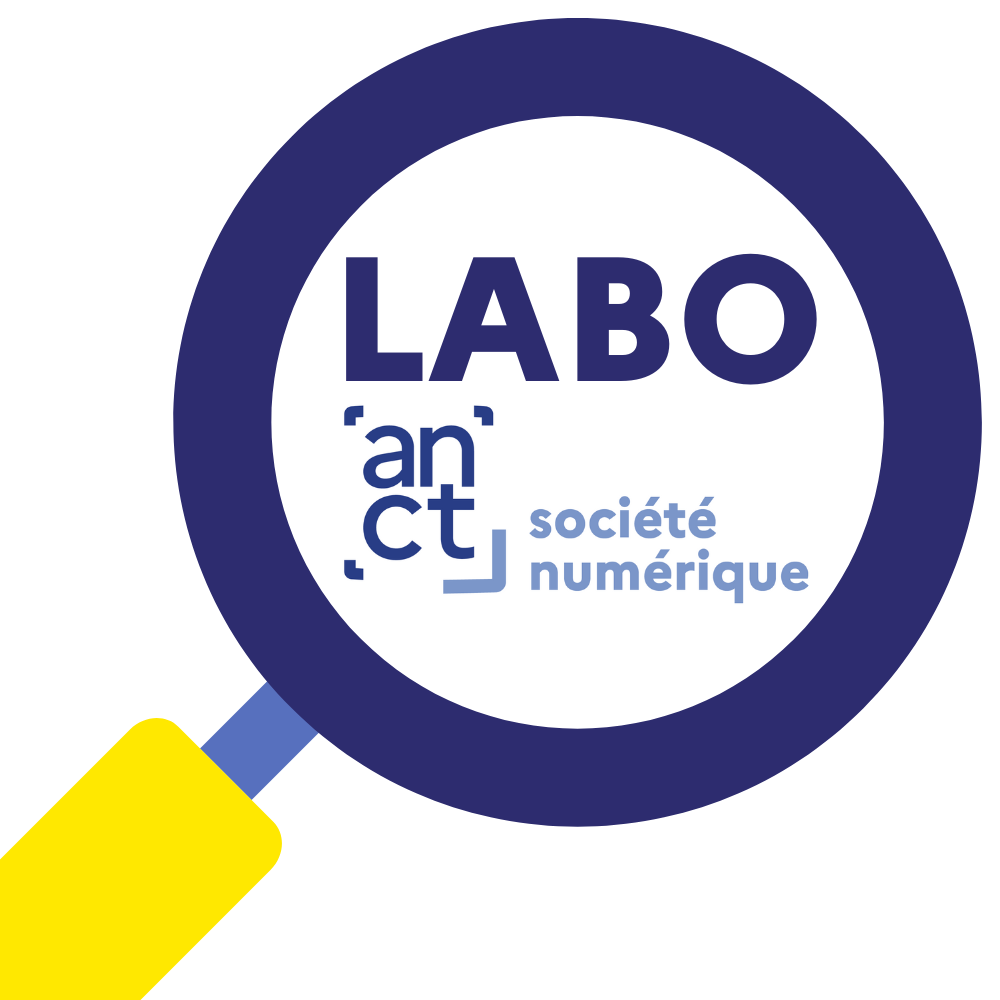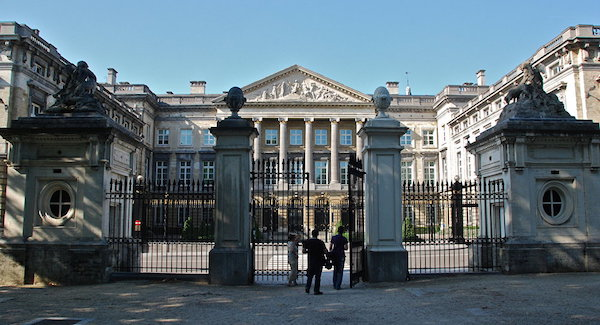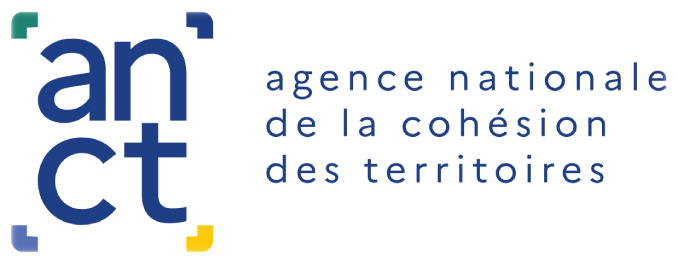The Belgian government publishes the " Information Society Barometer " every year. This Barometer is part of the " Digital Belgium" plan developed by the Minister of Digital Agenda, Telecommunications and Post.
The 2016 edition of the Barometer is organized around the five main priorities of the Digital Belgium Plan:
- the digital economy,
- digital infrastructures,
- digital skills and jobs,
- trust in digital technology and digital security and
- digital government.
83.5% of Belgians regularly use the internet
According to the survey, 82% of households have an Internet connection and 97% of them, or almost all of them, use a broadband connection. Households with children have a much higher rate of use, at 95% compared to 77% for households without children.83.5% of Belgians use the internet regularly in the sense that they go online at least once a week, compared to 76.4% for the EU average. The European Digital Agenda had set a target of increasing regular internet use to 75% by 2015. Belgium has been meeting this target since 2011. Belgium occupies the 9th position in the EU.e This indicator is part of the European DESI index.
The digital divide still affects 12.6% of Belgians.
12.6% of individuals aged 16 to 74 in Belgium never used the internet in 2015. The EAD set a target to halve the proportion of the population that has never used the internet to 15% by 2015 at EU level. In Belgium, the digital divide hovered around this threshold (15%) between 2011 and 2013 and then fell below (13%) since 2014.Disadvantaged people are the main categories of population affected by the digital divide. In 2015, 72% of the population living in Belgium from disadvantaged categories regularly used the internet. The European Digital Agenda had set a target of increasing regular internet use to 60% by 2015 for disadvantaged groups. Belgium had already exceeded this target in 2011.
In 2015, two thirds of individuals aged 16 to 74 years old established in Belgium used the internet to communicate on social networks (66.7%), compared to one in two (50%) at the European level.
55.2% of Belgians shopped online in 2015
They were 21.3% in 2008. The European Digital Agenda had set a target of 50% of the population having made online purchases by 2015. Belgium has reached this goal since 2014. 64.2% of internet users in Belgium ordered goods and/or services online in 2015. Belgium is slightly below the European average (65.3%) and ranks 12th in the European Union.e place of the EU.44.8% of Belgians used their electronic identity card (eID) with an ID reader in 2015, up from 43.5% in 2014. More than one in two Belgians (52.1%) used the internet to interact with public services in 2015. 33.8% of Belgians returned completed forms to public administrations via the internet.
60% of Belgians have basic or advanced general digital skills
The proportion of Belgians with digital skills at any level (low, basic, advanced) is higher than the European average (55%).This indicator is used in the calculation of the DESI (Human Capital component). Belgium obtains the 10e place in the EU for this indicator.
A triply interesting Barometer
First, the diversity of the sources used. The systematic use of the Community Surveys conducted by Statistics Belgium (ICT household and individual survey and ICT and e-commerce business survey) is complemented, for some indicators, by data from the Federal Public Service Economy, the National Social Security Office (NSSO), the National Bank of Belgium, Bureau Van Dijk and DNS Belgium.The second objective of the Barometer is to compare Belgian performance with that of other EU countries. To this end, it relies on the European DESI index for the digital economy and society. The DESI was developed by the European Commission to assess the evolution of EU countries towards a digital economy and society. According to the DESI, Belgium is in 5th position among the 28 EU member states. The Digital Belgium Plan aims to reach the 3rd position in the EU.e place in the European DESI ranking.
The Digital Skills Indicator consists of 30 indicators structured into five components: connectivity (7 indicators); human capital (4 indicators); internet use (7 indicators); digital technology integration (8 indicators); and digital public services (4 indicators). The overall DESI score is calculated as a weighted average of the standardized indices for each of the five components: connectivity (25%), human capital (25%), internet usage (15%), digital technology service integration (20%), and e-government services (15%). Scores for each DESI indicator are standardized (0 to 1) and increase with the level of performance.
Référence :
For the measurement of digital skills, the Barometer is based on the European Digital Skills Indicator.
The digital skills indicators listed below can be categorized into several levels: low; basic; advanced. The indicators are based on four skill areas: information (e.g., copying or moving a file or directory), communication (e.g., sending/receiving e-mail), problem solving (e.g., transferring files between computers or other devices), and using software for content manipulation (e.g., using word processing software). See: Methodological note and Towards an index of digital skills in Europe.
Finally, the Barometer aims to measure Belgium's progress. To this end, it situates Belgian performance in relation to the ten "key performance objectives" that were included in the European Digital Agenda, adopted in 2010. Belgium estimates that it has reached 8 of the 10 objectives set for 2015.





